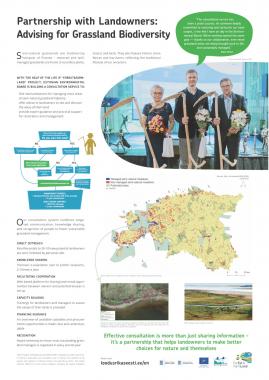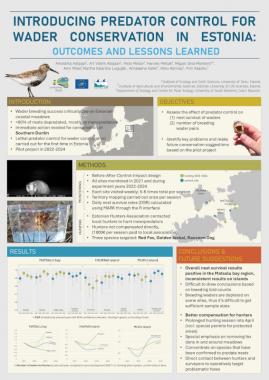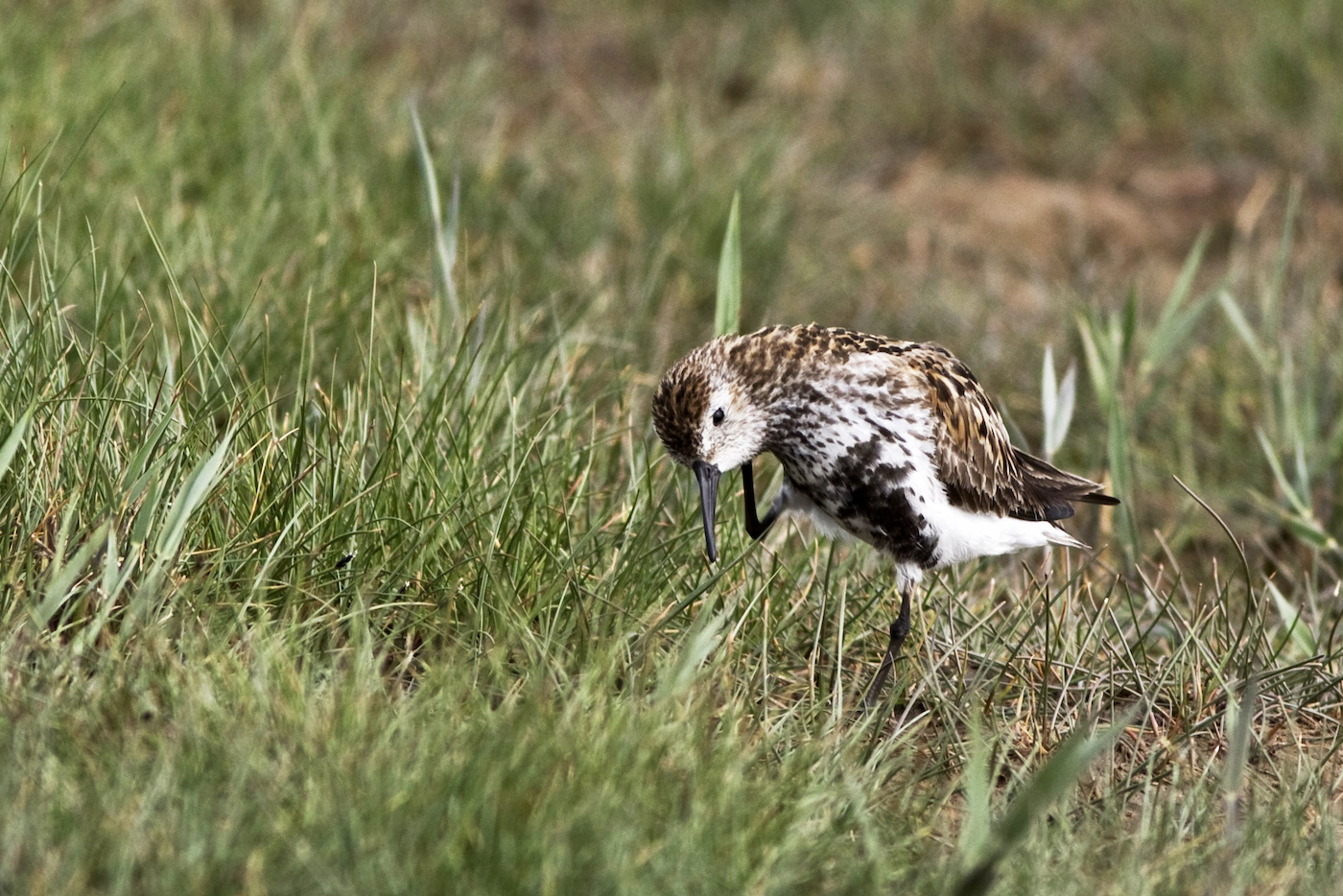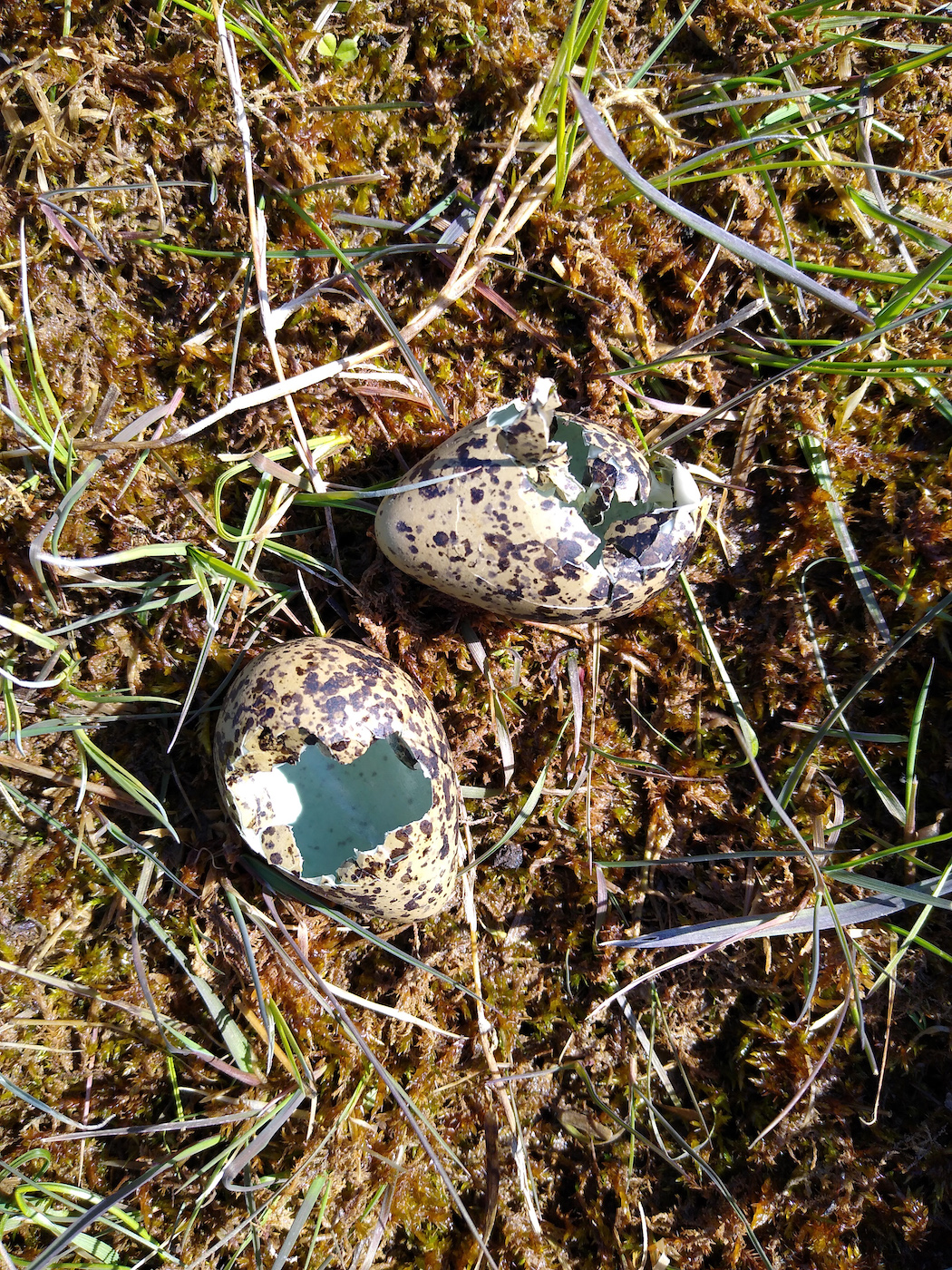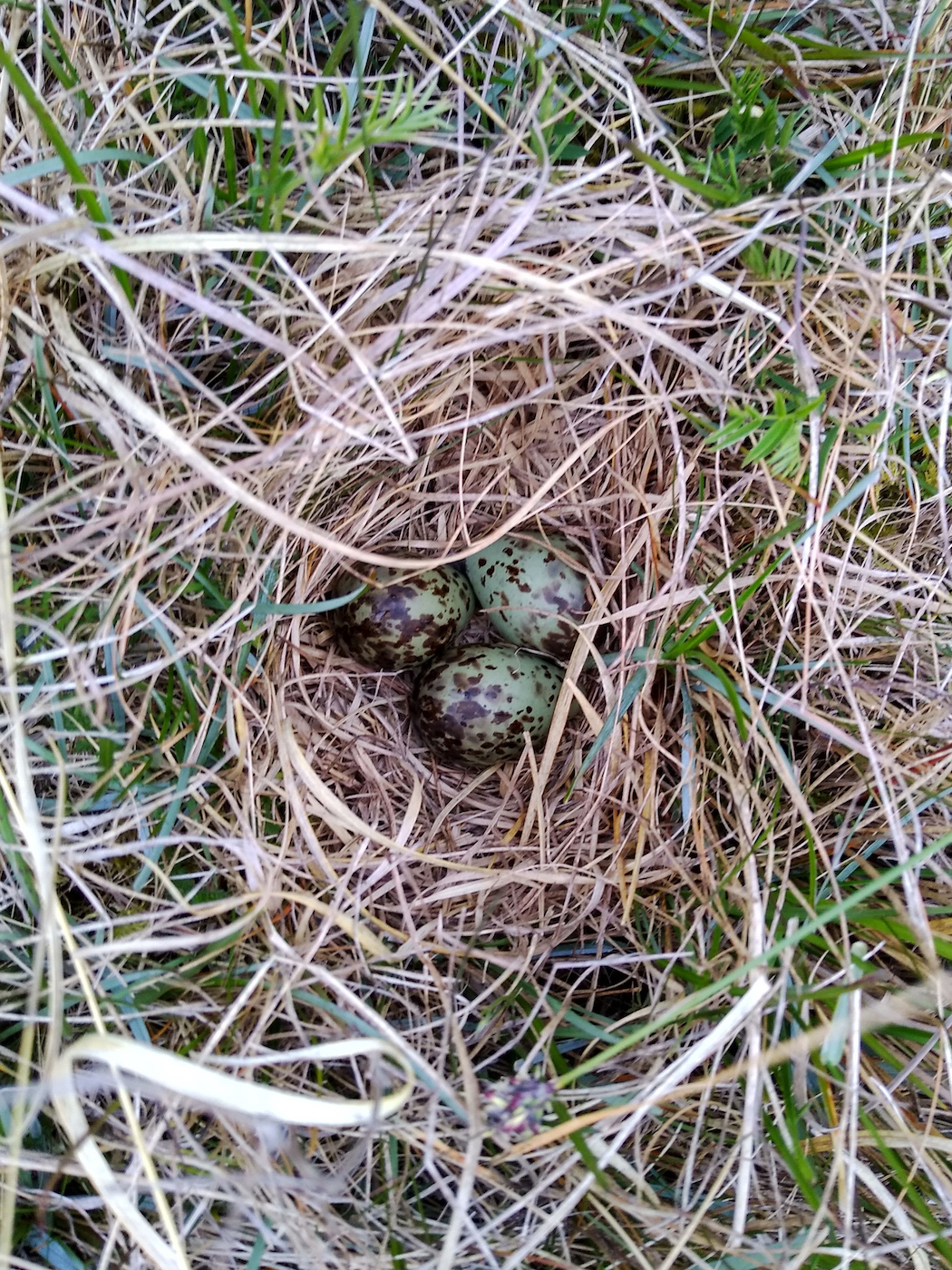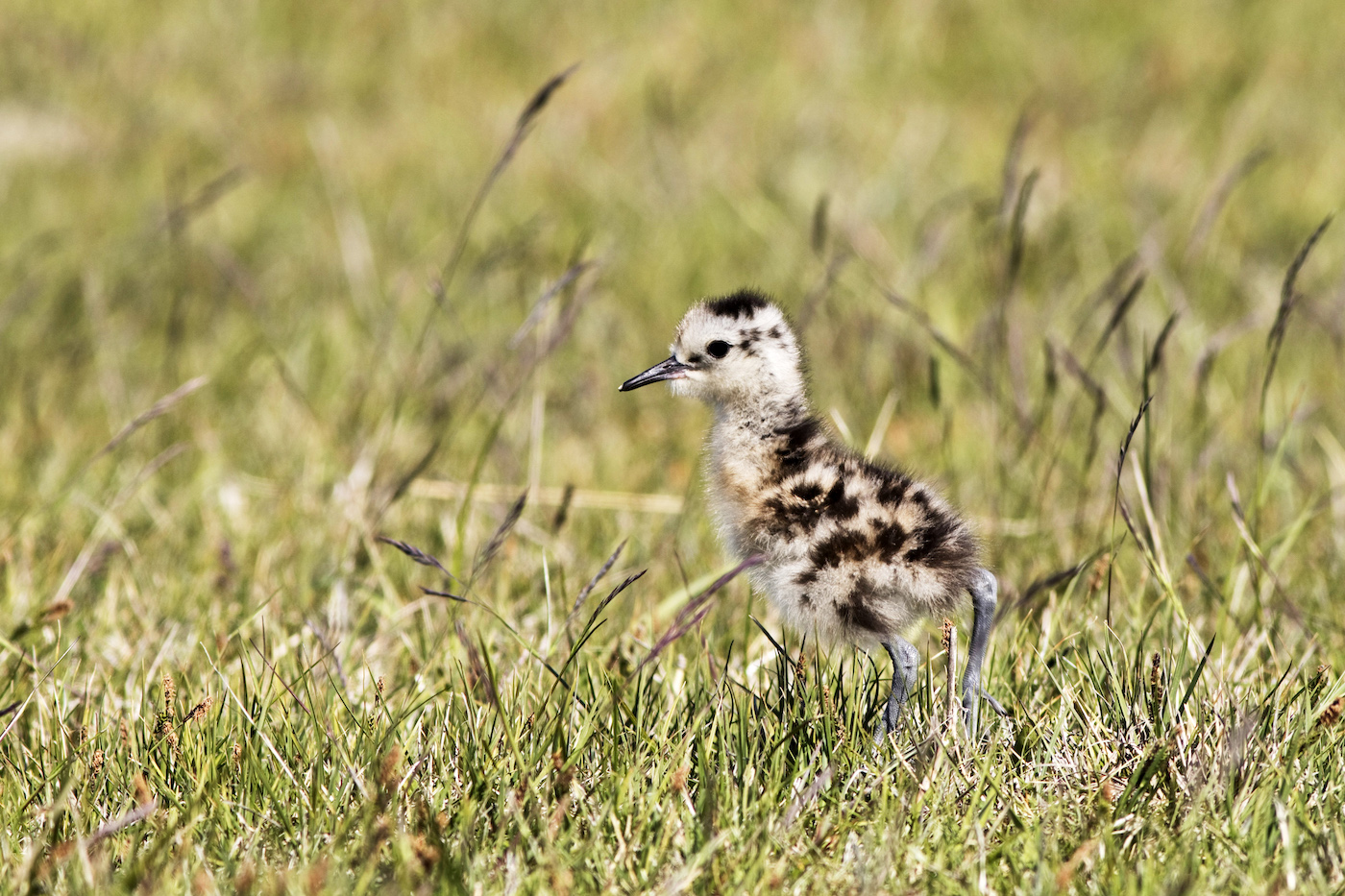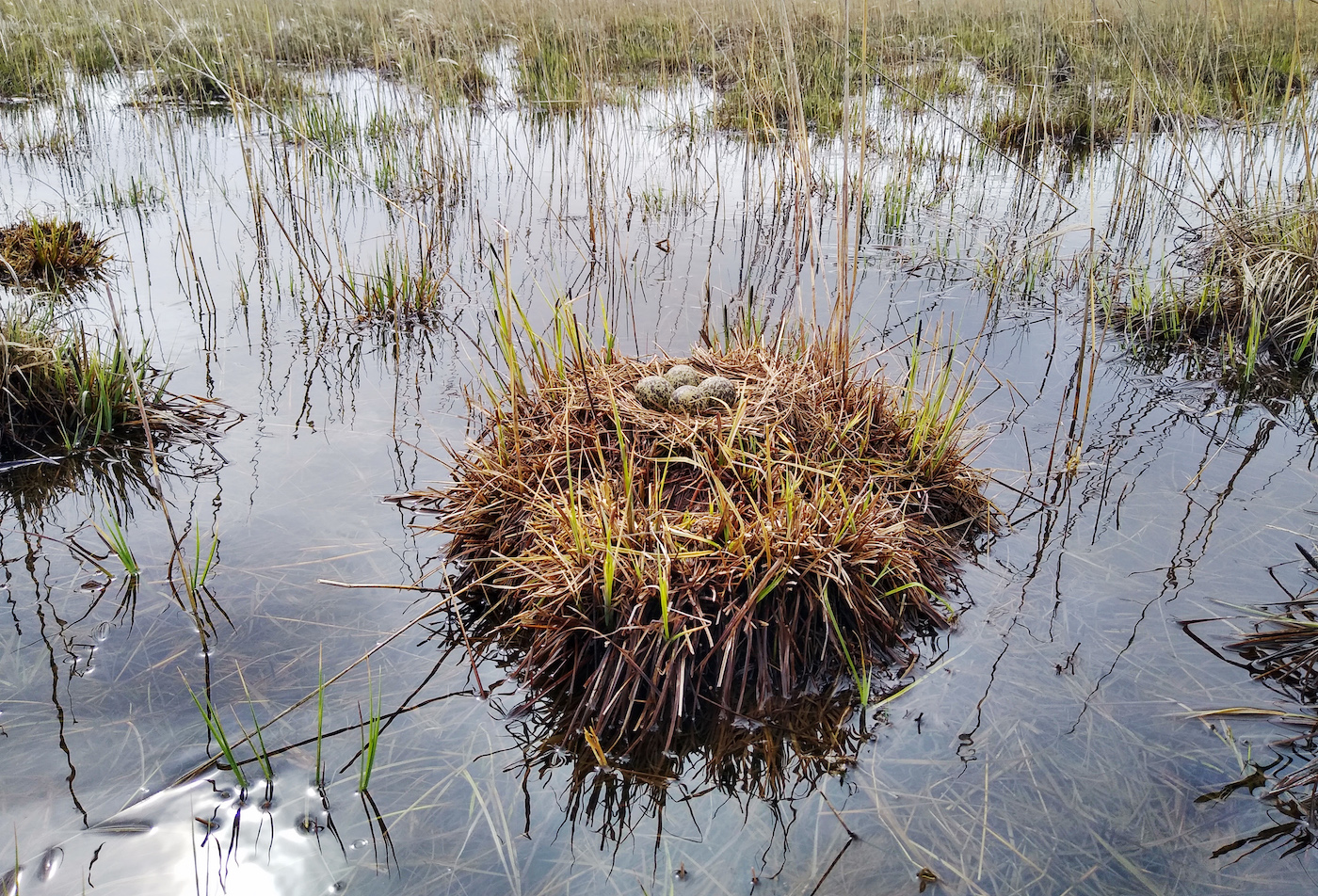Coastal meadows are one of the most endangered meadow habitats in Europe. Compared to the beginning of the last century, the area of managed coastal meadows in Estonia has decreased from 29,000 hectares to 10,000 hectares. However, these areas are home to many protected and endangered species, including shorebirds and amphibians.
Subsidies have been paid for the management of coastal meadows for almost 20 years, and visually, the meadows look great, but the shorebird and frog populations are showing no signs of recovery. Thus, current management measures do not always guarantee the quality of habitats.
Researchers at the University of Tartu have found that the current coastal meadows are too narrow for the Baltic dunlin, the black-tailed godwit, the common redshank, and the ruff, which nest on the ground and search for food there. This is largely due to the forest planted on the higher parts of the coastal meadows during the Soviet era, which is not suitable for these open-landscape birds. The more tree groves and shrubs there are on the coastal meadow, the more favourable the area is for foxes, jackals and common raccoon dogs, who can easily find hiding places and loot the bird nests located on the ground.
At the beginning of the project, we selected twenty coastal meadow areas where we will be applying additional restoration techniques. This includes, among other things, felling trees and shrubs, restoring the water regime, eradicating reeds, and limiting the number of small predators. These activities provide valuable knowledge and experience that can be used to improve coastal restoration techniques in the future.
To discuss the next steps to be taken with the owners and managers of the coastal meadows, we organised two study days in 2021: the first took place on Hiiumaa in June (picture gallery), where most of the coastal meadows to be restored are located, and the second in September in Lääne County.
Maintainance plan for coastal meadows can be found here.
As a total of 86% of the nests of ground-nesting birds are destroyed as a result of nest looting and the reproduction of populations is no longer sustainable, a pilot project was launched in February and March 2022 in the coastal areas, during which red foxes, golden jackals, and common raccoon dogs were hunted on five study areas of the University of Tartu. The results of the hunt held for the protection of birds during the spring breeding season can be assessed based on how successful the hatching of chicks was.
